
Students of Chu Van An Primary School, Hanoi - Photo: NAM TRAN
Talking to Tuoi Tre about the guidelines for implementing the merger of public kindergartens and primary schools under two-level government, Mr. Thai Van Tai, Director of the Department of General Education (Ministry of Education and Training), said:
- The issuance of the guidance is based on Resolution No. 202/2025/QH15 of the National Assembly on the arrangement of provincial-level administrative units, Official Dispatch No. 59-CV/BCĐ dated September 12, 2025 of the Central Steering Committee on summarizing Resolution No. 18-NQ/TW and Plan No. 130/KH-BCDDTKNQ18 dated September 21, 2025 of the Steering Committee summarizing the resolution.
These documents guide the streamlining of the apparatus, rational organization, and improvement of the effectiveness and efficiency of state management, in line with the two-level local government model (province and commune). On that basis, the Ministry of Education and Training issued specific guidelines in the field of education - a field that has a direct impact on people's right to education.
* During the implementation process, how are the responsibilities of different levels of government divided, sir?
- The document clearly defines the responsibilities of each level. Accordingly, the Provincial People's Committee: is responsible for comprehensively directing the review, development and approval of plans to arrange the network of educational facilities, ensuring compliance with the socio-economic development plan and the two-level local government model. The Department of Education and Training is the advisory body that presides over, guides, inspects and supervises the implementation.
At the same time, coordinate with the Department of Home Affairs to arrange the team of managers, teachers, and employees according to the job position plan. The People's Committee at the commune level directly reviews schools and school locations in the area, organizes to collect public opinions, and is responsible for organizing the implementation of the approved plan. Educational institutions self-assess, report on the current situation, proactively maintain teaching and learning activities, and ensure no interruption during the merger process.
This division clearly demonstrates the spirit of decentralization, delegation of power and specific division of responsibilities between government levels and the education sector.
* Many people are concerned that the merger could affect students' learning opportunities, especially in remote areas. What principles has the Ministry set out to ensure the rights of learners?
- The core principles in the guidelines are: do not merge if the geographical distance between the residence and the school is too far or traffic conditions are not guaranteed; must ensure safety and convenience for students to go to school.
Do not merge kindergartens with general schools, do not merge continuing education facilities with general schools to maintain the functions and tasks of each level and type of education.
The overarching principle is: "No student is left behind due to administrative arrangements." Local authorities are responsible for allocating budgets, upgrading facilities, supporting transportation, and prioritizing policies for students in disadvantaged areas, ethnic minority areas, mountainous areas, islands, and students with disabilities.
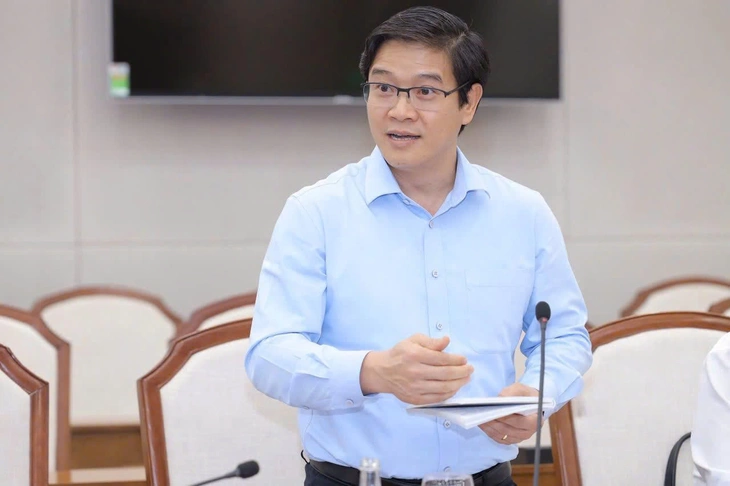
Mr. Thai Van Tai, Director of the Department of General Education (Ministry of Education and Training)
* To ensure the quality of education after the arrangement, what specific requirements does the ministry set?
- The guidelines outline five principles, including two key points: Do not reduce access to education and teaching quality. Any arrangement must take education quality as the core criterion, not just rely on administrative factors. Ensure adequate facilities, staff, and school safety before grouping students.
The Ministry also requested to consult the community, ensuring democracy, openness, transparency, avoiding causing confusion and anxiety for parents, teachers and students. All steps must aim at the dual goal: streamlining the organization - improving the quality of education.
* So does the ministry have any specific support solutions for localities during the implementation process?
- The Ministry has directed localities to focus on three main groups of solutions: Prioritizing budget allocation to renovate and upgrade facilities and equipment at main schools before receiving students from satellite schools.
Take advantage of surplus housing and land after administrative unit arrangement to serve educational development. Ensure policies and regimes for managers, teachers, staff and students, especially in disadvantaged areas.
At the same time, the Ministry of Education and Training will coordinate with the Ministry of Home Affairs, the Ministry of Finance, and the Ministry of Justice in removing difficulties and obstacles, ensuring the implementation process is orderly, synchronous, humane, and in accordance with the law.
No region or group is left disadvantaged.
* What is the main message of the Ministry of Education and Training to localities when implementing this guideline?
- The message of the ministry is very clear that the arrangement of the school system is to serve learners better, not just to reduce the number of units. The arrangement must be linked to the goal of improving the quality of education, ensuring children's right to education, and not leaving any region or group disadvantaged.
This is a concrete step to realize the spirit of Resolution No. 71-NQ/TW of the Politburo on breakthroughs in education and training development in the new period, in which quality and equity in education are placed at the center of all policies and actions.
Source: https://tuoitre.vn/vi-sao-phai-sap-nhap-cac-truong-mam-non-pho-thong-20251006232117805.htm







![[Photo] Prime Minister Pham Minh Chinh chairs the 16th meeting of the National Steering Committee on combating illegal fishing.](https://vphoto.vietnam.vn/thumb/1200x675/vietnam/resource/IMAGE/2025/10/07/1759848378556_dsc-9253-jpg.webp)
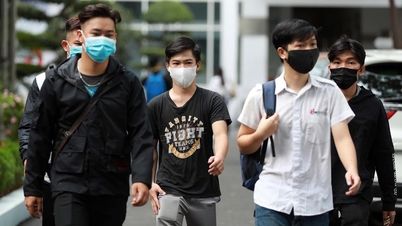




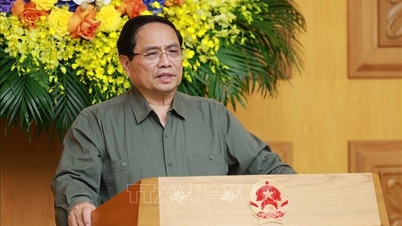

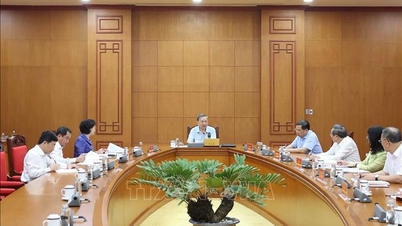




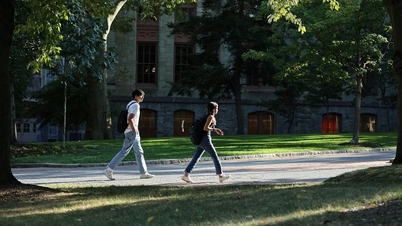
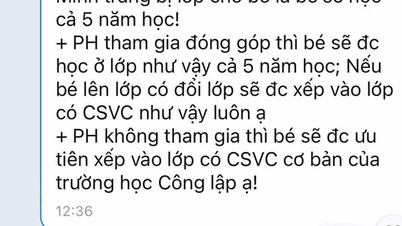



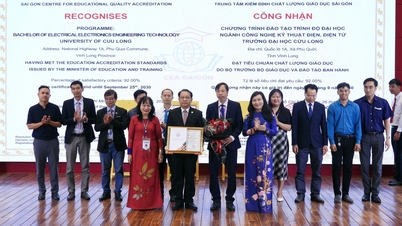







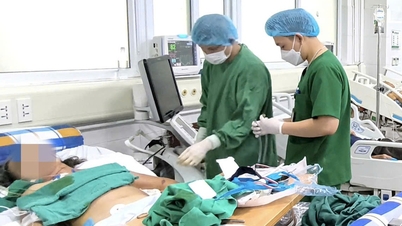
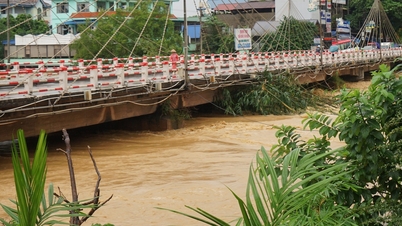

![[Photo] Super harvest moon shines brightly on Mid-Autumn Festival night around the world](https://vphoto.vietnam.vn/thumb/1200x675/vietnam/resource/IMAGE/2025/10/07/1759816565798_1759814567021-jpg.webp)











































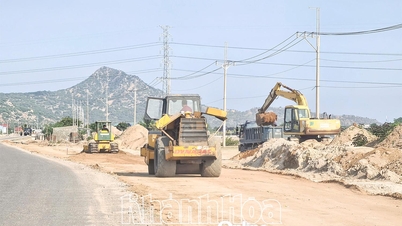







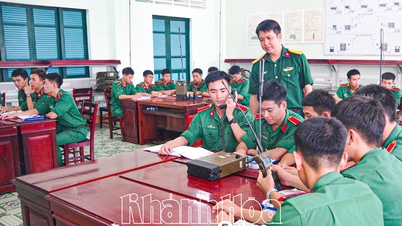














Comment (0)